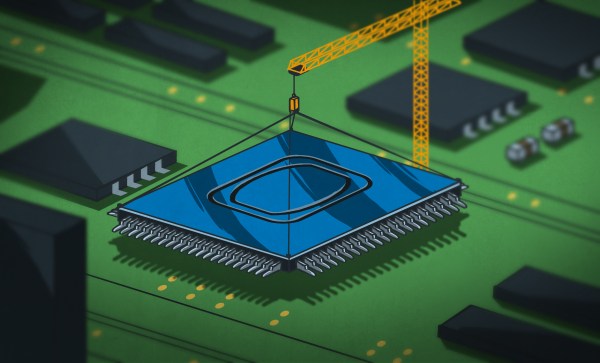Most of us have been there, some projects just don’t get finished. Everyone shelves an in-progress build from time to time, and some hackers drop almost every project for fully finishing it. Why does it happen? What can we do about it? Or does it even matter? My own most memorable one is the wine glass rack I was making for my sister’s birthday, still sitting incomplete on a shelf eleven years later.
The answer may lie in what you consider to be a “done” project. Is it a fully completed build with every possible feature implemented and polished? With that rubric you could be counting all of your completed projects on one hand. What are you really getting out of your personal projects? It’s an interesting topic to consider as pivoting your mindset can end up boosting your productivity. So let’s dig in!
Continue reading “Productivity, Unfinished Projects, And Letting Go”



















